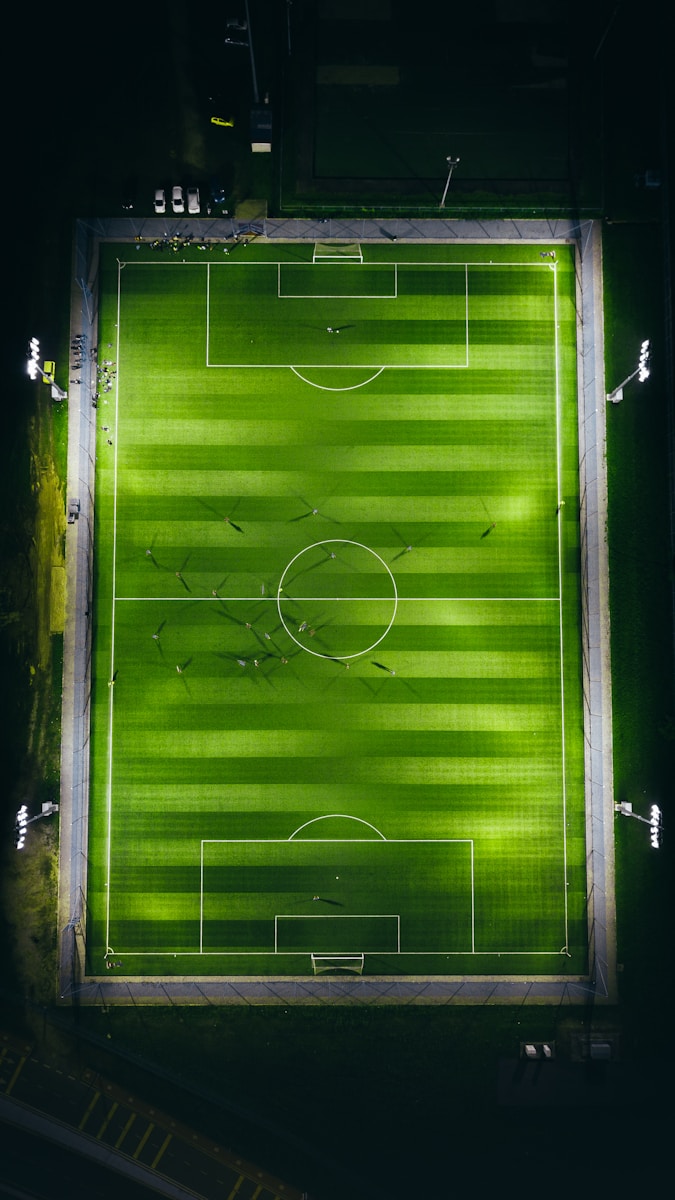When it comes to soccer, the field itself plays a pivotal role in how the game unfolds. Choosing the right soccer field involves understanding the official dimensions, surfaces, and standards that make the game fair, challenging, and enjoyable. This guide dives into these crucial aspects, providing players, coaches, and enthusiasts with essential insights. Whether you’re setting up a local tournament or designing a professional-level pitch, knowing these details can significantly impact the quality of play.
Select Soccer Field: Dimensions
The dimensions of a soccer field are critical to fair play and are standardized by the International Football Association Board (IFAB). These dimensions vary slightly depending on the level of play but generally fall within specific ranges.
| Field Component | Professional | Youth/Amateur |
|---|---|---|
| Length | 100m – 110m | 90m – 100m |
| Width | 64m – 75m | 45m – 90m |
| Goal Area | 18m x 44m | Varies |
| Penalty Area | 40.3m x 16.5m | Varies |
Soccer Field Surfaces
The playing surface is another vital component that significantly influences the game’s dynamics. The two primary types are natural grass and artificial turf, each with its pros and cons.
- Natural Grass: Offers a traditional playing experience. Requires regular maintenance but is preferred for its natural feel and shock absorption.
- Artificial Turf: Provides a consistent playing surface regardless of weather. It’s more durable and requires less maintenance but can alter ball behavior and player interaction.
Official Standards and Quality Assurance
Beyond dimensions and surfaces, several standards ensure the quality and fairness of the game. FIFA, the global governing body for soccer, outlines specific requirements for international matches, including field marking, goal size, and surface quality assessments.
- Field Markings: Precise lines for boundaries, center circle, penalty areas, and goals.
- Goal Size: Regulation goals measure 7.32m in width and 2.44m in height.
- Surface Quality: Fields must meet specific criteria for flatness, grass height (for natural surfaces), and infill depth (for artificial surfaces).
Selecting the right soccer field encompasses more than just dimensions. It involves considering the play surface, adhering to international standards, and ensuring the environment is conducive to fair and exciting gameplay. By understanding these elements, you can contribute to creating an optimal playing field that enhances the beautiful game for everyone involved.






